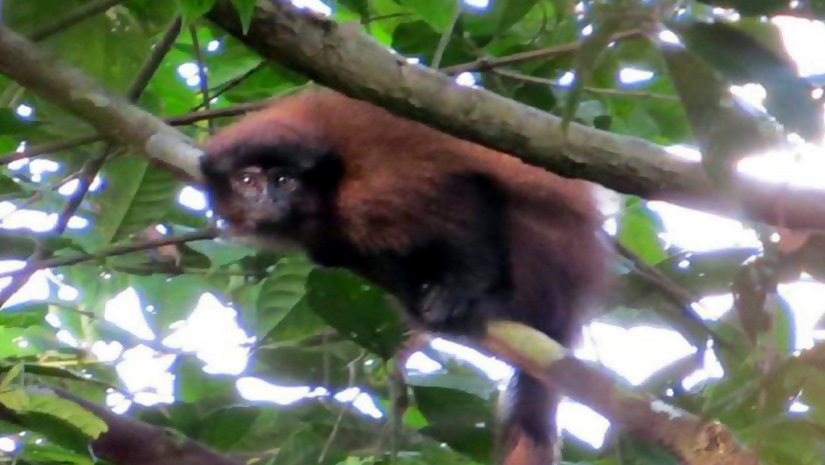For about the last century, no one ever realized that there is a unknown species of Monkeys amidst us, especially when the carcass of a small, reddish-brown monkey from South America congregated dust in the American Natural History Museum in New York City.
It has been named Callicebusurubambensis, name after the river which it lives; although it will rectified at the end of this month when the newly-minted Latin name rediscovered in 2013 during a jungle expedition by a Dutch primatologist is officially published in a peer-reviewed scientific journal.
Only 21 new species of monkeys have been identified since 2000, according to the International Union for the Conservation of Nature (IUCN). “Several of those are titis,” said Jan Vermeer, a member of that group and the man whose five-year quest brought C.
Urubambensis out from the forest canopy shadows.The name titi is casually applied to monkeys falling under the genus Callicebus, native to the South American jungle.
Smaller in size than a domestic cat, titis mainly eat fruit, mate for life, and are known to adopt the infants of other couples when survival is at stake.
Vermeer, Zoological director of a wildlife park in France, assumed that there were additional species in the jungles of south central Peru apart from C. brunneus and Toppin’sTiti.As part of his re-search for new species, Vermeer visited the American Natural History Museum in order to examine the monkeys in its collection. One that was labeled as a C. brunneus, he began having doubts, as it didn’t look anything like he expected. He noticed that some titi monkeys from that region were also slightly reddish like the one in the museum.
“As soon as we crossed to the western side of the Urubamba River, we almost immediately discovered the new species of titi monkey,” Vermeer recalls speaking of his expedition in 2013. An encounter with a hunter who just hunted one of these mystery titis, confirmed his suspicions about a new species.
By: Archa Dave




























